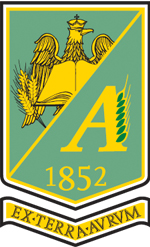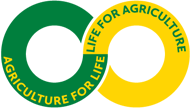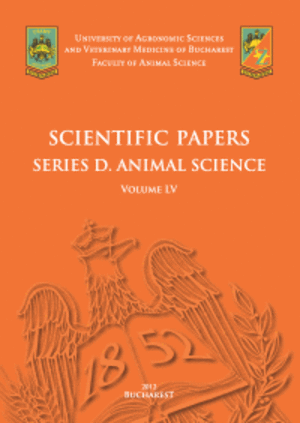Published in Scientific Papers. Series A. Agronomy, Vol. LXVIII, Issue 1
Written by Andrei BĂNICĂ, Doru Ioan MARIN
Sorghum is a drought-tolerant crop that thrives in arid environments, which has earned it a reputation worldwide for its ability to grow in areas with limited rainfall, low soil fertility, and harsh conditions. Pedoclimatic conditions, along with the implementation of proper cultivation technologies, can increase thousand kernel weight (TKW) and protein content, ensuring better crop valorization. This research presents the results of a three-year study (2020-2023) aiming to identify the best interactions between different primary tillage practices and fertilization strategies based on nitrogen, phosphorus, and foliar fertilizers. The goal was to determine the optimal approach for non-irrigated sorghum crops in the Sărățeni region (Ialomița County) to enhance both protein content and TKW. Regarding TKW, most fertilized variants showed significantly higher values than the unfertilized control, with an increase of +6.4 g observed in the N100P50 + Borocal 1.5 L/ha (foliar) treatment. Nitrogen fertilization at 100 kg/ha significantly increased protein content to 9.3%, with a minimum gain of +0.8%. Soil tillage by subsoiling at 35 cm resulted in the highest protein content of 9.1%.
[Read full article] [Citation]




